At a time when the importance of trees in cities is gaining attention, the canopy cover of Australian suburbs is decreasing. Local councils’ response is to plant more trees in the public domain, but what of the private domain? A quick glance around many Australian suburbs suggests that residents do not share their councils’ appreciation of trees. Even on the classic quarter-acre block—the long-held dream of most Australians, and now considered a large area—trees are rarely planted. Large shade trees, planted in the 1950s, 60s and 70s, are disappearing. How can we engage the local community to value trees, to ensure their continuing presence in our cities?
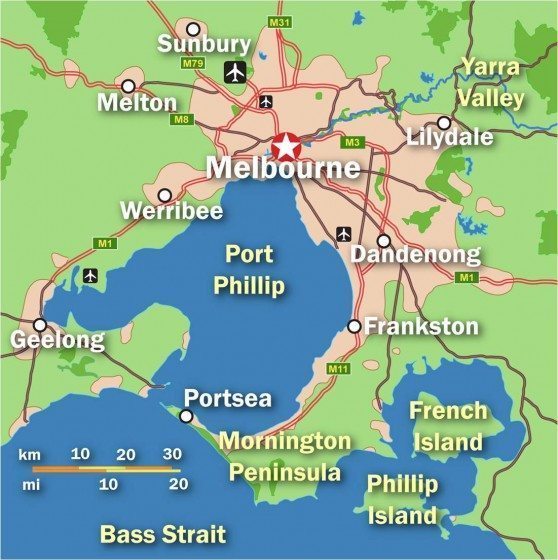
Urban trees provide important shade to ease the urban heat island effect. They contribute to biodiversity, participate in stormwater management, and make green spaces attractive and appealing and, thereby, active. Nevertheless, the national average urban tree canopy cover in Australian cities is only 39 percent. It varies from 59 percent in Hobart to 13% percent in Melbourne. This compares with canopy cover in American cities of 21 percent in New York, 36 percent in Washington, DC and 42 percent in Pittsburgh. Within a city, tree canopy cover will vary, partially as a consequence of the ecology of each place. For example, in Melbourne, the lowest ratio of tree canopy to grass-covered surfaces—3 percent—is in a suburb sitting on the western volcanic plains. These basalt plains naturally support tussock grassland with only scattered river red gum trees, perhaps 50 meters apart. However, cities are human artefacts and are rarely completely constrained by nature. Urban forests are possible in the least hospitable settings. Even suburbs on the outer western edge of Melbourne, on these volcanic plains, can have a denser tree canopy.
We must encourage and facilitate the greening of private gardens to extend the greening of Melbourne from the public domain to the private.
In the City of Melbourne, the tree canopy cover was assessed at 13 percent in 2014 in a project associated with 202020 Vision. The vision is to increase tree canopy cover in Australian cities by 20 percent by 2020, relative to 13 percent. Of this 13 percent, 69 percent was within public space and 31 percent within private space. The City of Melbourne itself estimates that there is tree canopy over 22 percent of the city’s public streets and parks area. In contrast, only 3 percent of the private realm is covered These percentages are expected to decrease as the existing trees succumb to old age and to the pressures of drought and water restrictions. In the next 20 years, 39 percent of the city’s tree population will die.
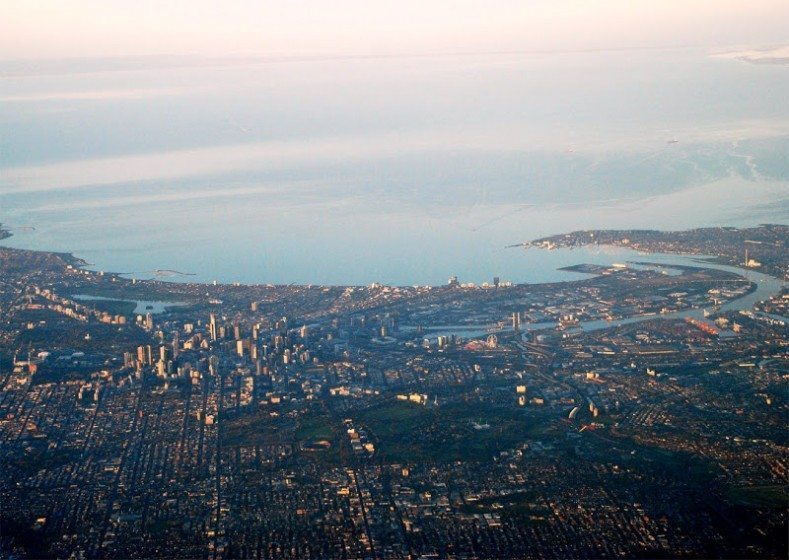
Yet, cities need trees and their canopies. As a partner to 202020 Vision, the City of Melbourne is aiming to increase its tree canopy cover to 40 percent by 2040. It has established a strategy with guiding principles and targets. The guiding principles focus on mitigation and adaptation to climate change; reducing the urban heat island effect; becoming a water sensitive city; designing for health, well-being, liveability and cultural integrity; creating healthier ecosystems; and becoming the leader in urban forestry. Six strategies and their targets have been developed:
- Increase canopy cover to 40 percent by 2040;
- Increase urban forest diversity, so that there is no more than 5 percent of any one species, 10 percent of any one genus and 20 percent of any one family;
- Improve vegetation health, so that 90 percent of the city’s tree population will be healthy by 2040;
- Improve soil moisture and water quality, to support healthy tree growth;
- Improve urban ecology, to protect and enhance biodiversity; and
- Inform and consult with the community, so that the community understands the importance of the city’s urban forest, feels connected to it and is engaged with its development.
The Urban Forest Strategy relates to and is informed by other policy documents, including Future Melbourne Community Plan, the Council Plan 2009-2013 and the Open Space Strategy. In turn, it is associated with and informs various documents and policies, including the Boulevard Master Plan, Growing Green Guide for Melbourne and the Urban Ecology and Biodiversity Strategy. Together, these policies and strategies should see Melbourne become a greener, more beautiful, and better place to live over the next 25 years.
The City of Melbourne is the central business district of greater Melbourne. First laid out by surveyor Robert Hoddle in 1837 on a grid, the city is a mosaic of high-rise and low-rise buildings, boulevards, streets and lanes, and parkland. Increasingly, it is becoming residential, with precincts in the Docklands and Fisherman’s Bend. Its high-density development limits the amount of private open space that can be included in the urban forest. Most of the urban tree canopy cover is limited to the public domain. Not so in the sprawling suburbs that spread out from the city centre.
I live in one of those suburbs, on the eastern fringe of greater Melbourne. I have noticed the loss of tree canopy in the neighbourhood, most recently on my own street. In response to some residents’ concern about damage to private property by some street trees, specimens of certain species are being removed entirely from selected streets by the council. Mine is one. A few weeks ago, every second specimen of Eucalyptus maculata was removed. The remaining spotted gums are to go in a couple of years. These trees are to be replaced with a species chosen by residents. Nevertheless, in the meantime, mature trees are lost, and with them their myriad benefits. In a couple of decades, I have no doubt that my street will look great, perhaps better than it did, with a mix of different street trees, some planted by the local council and others planted by residents. It’s a shame that the replacement program could not be implemented more incrementally and the new trees immediately planted.
Most local councils in Australian cities do not have urban forest strategies and are responding to decreasing tree canopy cover in a less structured and formal way than the City of Melbourne. My local council does not have the resources of the City of Melbourne. It doesn’t have an urban forest strategy, but it does have thousands of street trees—67,000 as of 2003. The council values those trees as significant environmental assets, which it aspires to protect. It publicly celebrates its healthy local environment and its biodiversity but, despite this, 11,000 trees have been lost in the past decade.
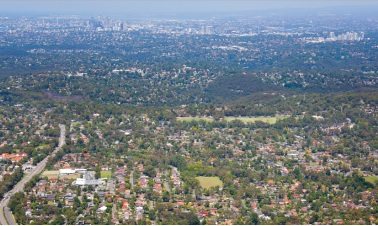
In Victoria, the local councils’ management of open space and the environment more generally is shaped by the State Planning Policy Framework, which establishes planning objectives at a state level. There are several objectives that could relate to the urban forest. For example, the health of ecological systems and their associated biodiversity should be protected, as should areas and sites with significant historic, architectural, aesthetic, scientific and cultural values. In addition, environmental quality and sustainable development should be supported by “the conservation and wise use of natural resources including energy, water, land, flora, fauna and minerals.” Many of the objectives, though, relate to planning decisions for development or management of land within the public realm. What of the urban forest that lies within the private realm? How can local councils influence planning decisions related to private property?
The State Planning Policy Framework places less emphasis on planning decisions related to vegetation within the private realm, although “protection of high quality agricultural land, important open landscapes and native vegetation” is important. Also, “high-quality urban design…that reflects the particular characteristics, aspirations and cultural identity of the community; enhances liveability, diversity, amenity and safety of the public realm; and promotes attractiveness of towns and cities within broader strategic contexts” is an objective at the state level. How this is achieved and any controls in the private domain are not considered.
In response to the Victorian Planning Policy Framework, each council develops a Municipal Strategic Statement, which identifies how the planning policy framework is interpreted and implemented in that municipality. The Municipal Strategic Statement then informs other policies and strategies. Management of street trees within the municipality in which I live is guided by a Green Streets Policy, which explicitly refers to the land use vision in the Municipal Strategic Statement: “to develop and support the community….by maintaining, enhancing and protecting the key natural, cultural and lifestyle features of the City, both economically and environmentally.” This is a great initiative. My hope is that more than the streets are green within the suburbs. We must encourage and facilitate the greening of private gardens to extend the greening of Melbourne from the public domain to the private. The urban forest must encompass both the public and private domains so that the communities within the city can enjoy its full benefits. This is a real challenge.
Perhaps the Urban Design Framework developed by my local council offers some guidance to greening of the private domain in its suburbs. The Urban Design Framework presents the urban design vision, framework and policy for the municipality to guide its future development. The key structuring elements of the landscape and the urban form of the municipality provide the basis of the vision. These include the Landscape Setting, Creek Corridors, Activity Centres and Working Environments, Transport Corridors and, importantly for our purposes, Residential Environments. Also relevant to the urban forest are the Liveable Streets Plan and the Neighbourhood Character Study, amongst others.
Common to all these documents is a focus on the public domain. This is not surprising, as it is here that the council has control, albeit in cooperation with other authorities, such as the road, electricity and water authorities. The Neighbourhood Character Study, though, offers some suggestions on planting within the private domain. In addition, residential design guidelines are being developed for precincts within the municipality, and these recommend planting treatments for private open space. For different housing densities, the guidelines state preferred landscaping characteristics, with illustrations to support the text. Wherever possible, the council prefers the inclusion of large canopy trees in the private space of these developments. Where space is limited, vertical walls and rooftop gardens are suggested.
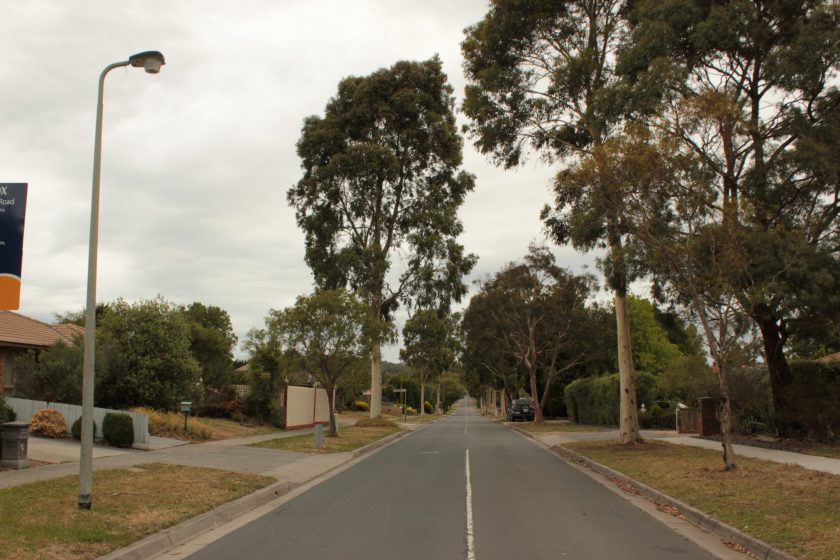
Other municipalities in greater Melbourne are likely to have similar requirements for development in their suburbs, which must be met for approval. In implementing the development, the landscape must be planted in accordance with the approved plans. Once sold, though, the purchaser can change the garden. Certainly, permits are required to remove trees of a certain size, but I wonder how closely this requirement is policed. Existing trees are being removed and they don’t appear to be replaced by equivalent specimens. The trend in suburban Melbourne is to have highly manicured gardens with small trees. Generally, indigenous trees, including eucalypts, are not favoured. Large exotic trees, such as oaks and elms, are not included in new gardens, even those big enough to accommodate them. Thus, those benefits of trees—most critically, the provision of shade in an Australian summer—cannot be enjoyed.
So, what can be done? Is it that the community is not plant-literate? Does it not understand the benefits of maintaining, and ideally increasing, the tree canopy cover in the city and suburbs? Is lack of information the problem? Certainly, knowledge and familiarity can enhance preference for wetlands and raingardens. Might a simple communication strategy sway thinking in favour of more trees in the private realm?
Melbourne City Council recognises the importance of engaging with the community in its Urban Forest Strategy. It suggests establishing tree-related advocacy groups and trusts, and groups and individuals that will lobby for more trees in their suburbs, either through direct action or changes in planning, legislation and land acquisition. The strategy also highlights the importance of getting people to start talking about the trees and their relationship with the city’s cultural identity and sense of place. Tree ‘champions’ can play a critical role in this, promoting the importance of trees in both the public and private domains, and the multiple benefits, both tangible and intangible, that an urban forest delivers to a city.
Melbourne is not alone in Australia in seeking to establish an urban forest. Other capital cities also have urban forest strategies or programs (e.g. Sydney and Adelaide). Common to each is an awareness of the importance of community engagement, and each offers suggestions for achieving community participation. My hope is that these engagement programs are implemented successfully, for an urban forest can only be established and sustained by everyone working together, across both public and private domains.
Meredith Dobbie
Victoria


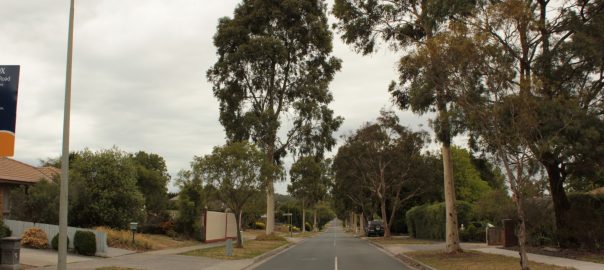
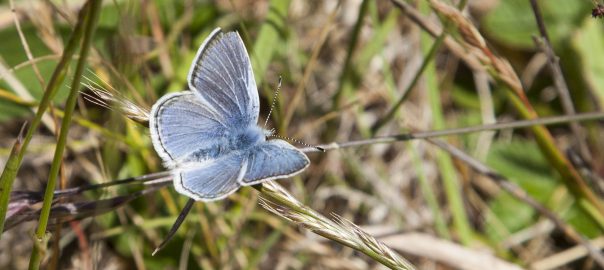
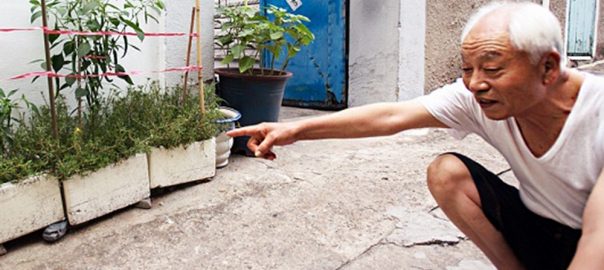
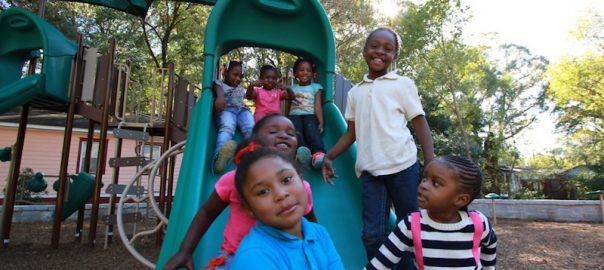
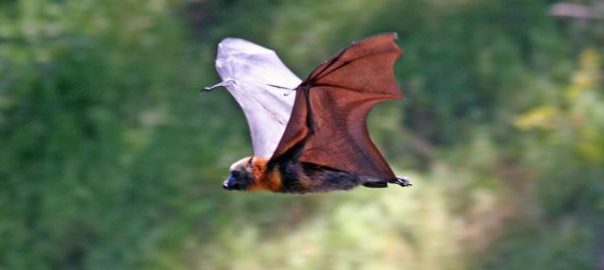
Leave a Reply